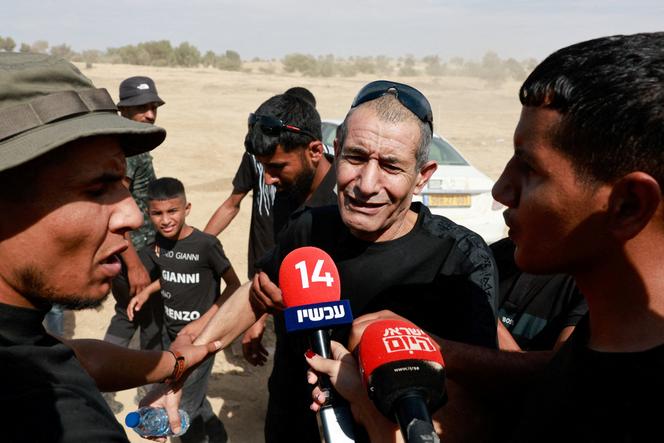


On August 27, the Israeli army announced the release of Qaid Farhan al-Qadi, following a "complex operation" in a tunnel in the Gaza Strip. Al-Qadi was abducted on October 7, 2023, from the Magen kibbutz, which borders the Palestinian enclave. The 52-year-old Israeli Bedouin worked there as a janitor, although he himself, like many members of his Arab community, lives in a village in the Negev desert. Al-Qadi's release after 326 days in captivity was hailed by the entire political class and media in Israel, with President Isaac Herzog celebrating "a moment of joy for the state of Israel and Israeli society as a whole." Yet, the village in which al-Qadi has returned to his home and family, Khirbet Karkur, is under a government order to demolish 70% of its dwellings. It is true that the authorities have declared that al-Qadi's home would be spared from such demolition, but this case illustrates the difficult situation of Israel's Bedouins, in many ways caught in the crossfire.
The Bedouin have lived for centuries in what is now Israel's Negev desert, stretching as far as Egypt's Sinai Peninsula and the Gulf of Aqaba, the Jordanian port opposite Israel's seaside resort of Eilat. These Bedouins have developed a semi-nomadic lifestyle, combining extensive farming and pastoral activities. The Ottoman Empire accelerated their sedentarization by establishing the town of Beersheba in 1899 on a site known since antiquity but abandoned for 1,000 years. According to the UN partition plan for Palestine in 1947, the Negev was supposed to revert to the Arab state, which never saw the light of day. On the other hand, Israel, shortly after its foundation in 1948, managed to defeat the Egyptian army in the Negev and capture it. Out of a population of around 100,000 Bedouins, all Palestinian, 80% were forced to flee, mainly to Gaza, while some 20,000 remained behind.
Having acquired Israeli nationality, this Bedouin minority nevertheless lived for two decades under a strict regime of military administration which regulated, among other things, movement in such a strategic zone. However, the Bedouins were able to join the Israeli army on a voluntary basis. This was an appreciable privilege in a largely militarized society and one from which the Arab population of Israel was effectively excluded, with the exception of the Druze, who were subject to conscription in the same way as the Jews. It was often their in-depth knowledge of the desert margins that gave Bedouins access to scouting posts, prior to eventual promotion within the army. In addition, pressure was exerted on the Bedouins in many ways, forcing them to settle in seven "new towns" established between 1968 and 1990, the largest of which is Rahat, today home to some 70,000 inhabitants.
You have 45.82% of this article left to read. The rest is for subscribers only.
